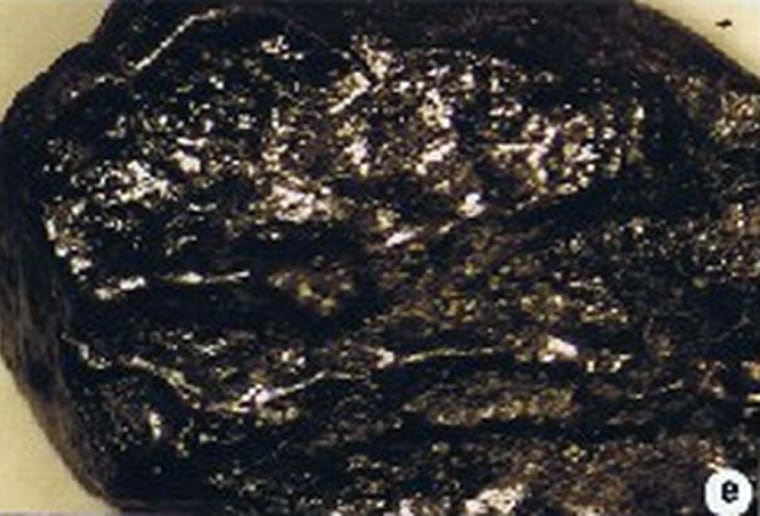If you’re looking for a space-age way to propose marriage, a black-diamond ring might be the way to go.
Long baffled by their origin, scientists now have evidence that these charcoal-colored gems formed in outer space.
Stephen Haggerty and Jozsef Garai, both of Florida International University, analyzed the hydrogen in black diamond samples using infrared-detection instruments at the Brookhaven National Laboratory and found that the quantity indicated that the mineral formed in a supernova explosion.
Also called carbonado diamonds, meaning “burned” or “carbonized” in Portuguese, black diamonds defy mineral-making rules and are never found in the world’s mining fields where the clear and classic variety typically resides.
Conventional diamonds form hundreds of miles beneath the Earth’s surface, where high pressure and heat turn carbon into diamonds
send the gems in a short amount of time to the surface where they can be mined. "This process preserves the unique crystal structure that makes diamonds the hardest natural material known," said Sonia Esperanca of the National Science Foundation. She was not involved in the research.
Since 1900, about 600 tons of conventional diamonds have been traded. Black diamonds reside in certain geologic formations in Brazil and the Central African Republic.
Haggerty has suggested, in the past, that black diamonds might have rained down on Earth inside meteorites billions of years ago. Their relative distribution on Earth could be explained by the timing of the formation of the continents, he said.
The new research was published in the journal Astrophysical Journal Letters.
